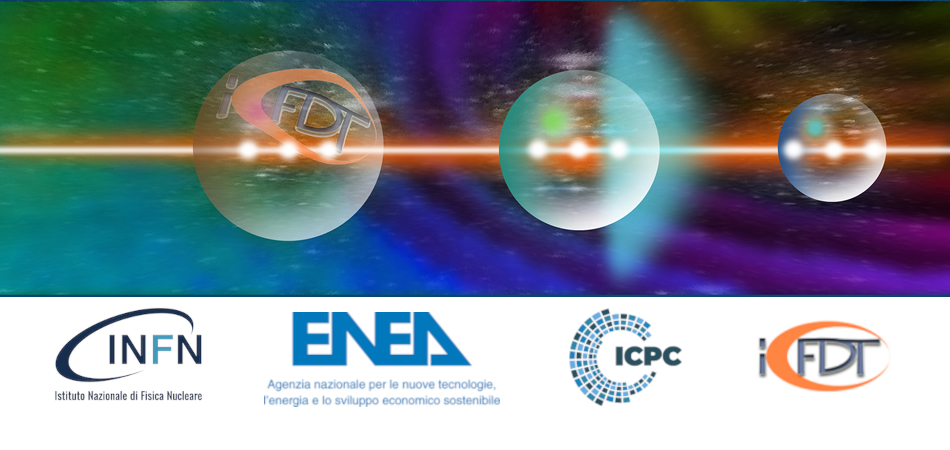Speaker
Description
Thin diamond detectors have proven to be excellent diagnostic tools for plasma diagnostic in a tokamak machine for the detection of soft X (SX) and UV radiation [1]. Furthermore, thanks to the excellent physical properties of diamond, i.e. wide band-gap, fast response time and radiation hardness, diamond detectors are among the alternative diagnostic tools in the next generation fusion machines that will be producing huge neutron and gamma fluxes. Therefore, it is important to know as better as possible how diamond detectors operate under intense neutrons and photons radiation. Thin diamond detectors (<15 μm thickness), developed at Tor Vergata University of Rome, allow for effective detection of incident UV and SX radiation while ensuring excellent radiation hardness [2]. For UV/SX diagnostics, it is crucial to optimize the photon signals and minimize neutron noise as much as possible.
The aim of this work was to evaluate the attended induced signal in such thin diamond detectors from both photons and neutrons. In order to achieve that, Monte Carlo simulations were performed to evaluate the current induced by a neutron spectrum expected by a D-T fusion tokamak machine. Results were compared and validated through an experimental campaign that utilized a 14 MeV neutron spectrum.
In order to compare the current values obtained from the neutrons with that from UV/SX radiation, radiative power provided by the plasma was estimated as a function of the plasma radius and energy of the photons, based on physical input parameters such as light and heavy impurities, temperature and plasma geometry. Once the radiative power was obtained, the expected current value from UV/SX spectral range was extrapolated using the responsivity curves of thin diamond detectors, which where both calculated and experimentally measured.
This work aims at developing a signal prediction tool based on fusion plasma conditions, to provide precise design and optimization guidelines for the diamond detector unit and its electronics in view of their planned extensive application as detectors for tomography diagnostics, replacing the standard Si or CdTe photodiodes used so far.
[1] Angelone M. et al. Single crystal artificial diamond detectors for VUV and soft X-rays measurements on JET thermonuclear fusion plasma. https://doi.org/10.1016/j.nima.2010.04.021.
[2] Angelone M., Verona C. Properties of Diamond-Based Neutron Detectors Operated in Harsh Environments. J. Nucl. Eng. 2021, 2, 422-470. https://doi.org/10.3390/jne2040032

